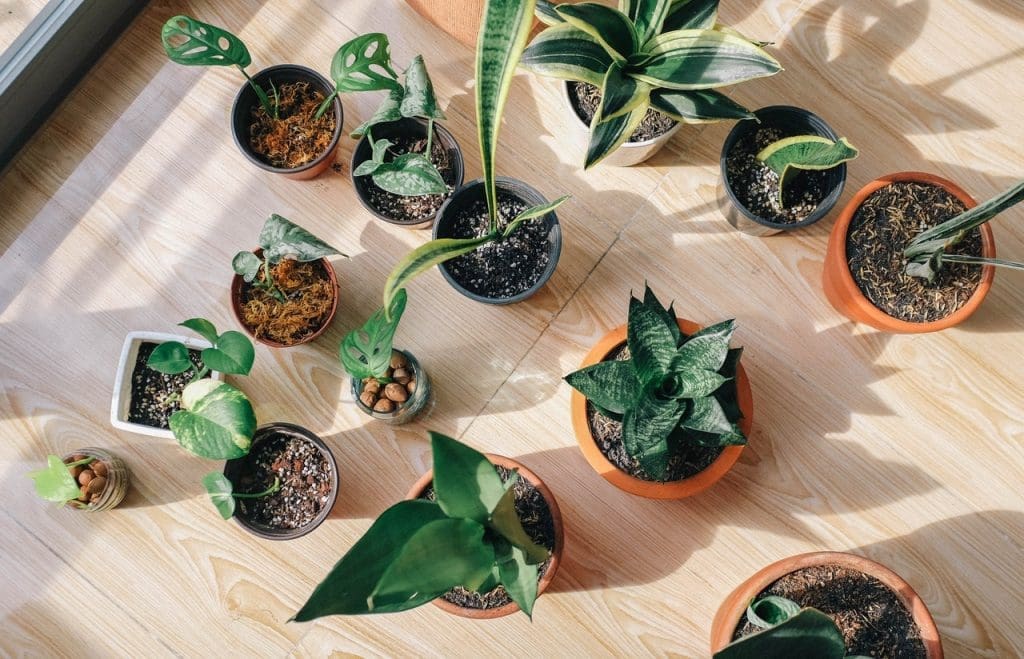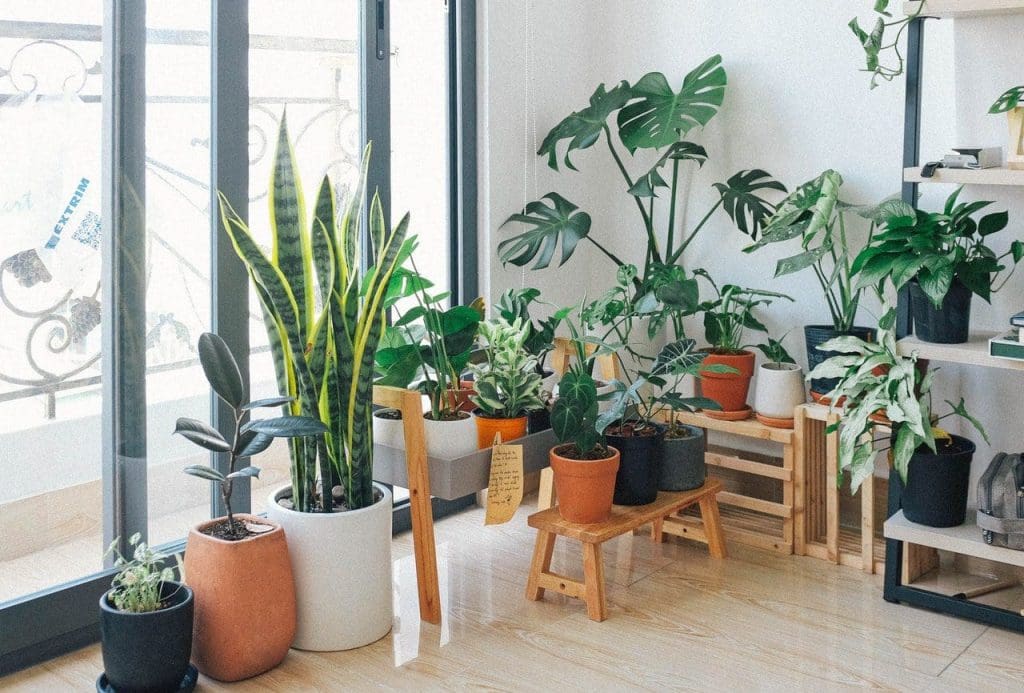LED grow lights are a great way to have plants indoors. They provide the perfect spectrum of light for your plants and can be used both during the day and at night. LEDs can be used as a sole source of light for your plants. On the other hand, they can also make great supplementation to sunlight coming through your windows. That’s because LEDs emit light in specific wavelengths (colors), and this is directly related to their electrical properties. The plants will also tend to grow much faster than they would otherwise because this type of lighting encourages healthy growth.
What Color LED Grow Lights Should I Get?
Having a solid understanding of the light colors that your plants need will help you choose LEDs for them. These colors are known as Photosynthetically Active Radiation or PAR, which is measured in “umol/s/m2”. All plants have been scientifically tested to grow best under different color lights, and that’s why it’s essential to choose ones with the right color spectrum inside.
Blue-toned lighting encourages vegetative growth, while orange and red-colored LED grow lights encourage blooming and fruiting. The more blue, green, and white there is in a light source, the less effective it will be for growing healthy plants indoors (this goes especially true for growing food as well as flowers). That’s why you should only use full-spectrum colored LEDs (especially reds, oranges, and yellows) to grow plants. Plants that are grown using blue-toned lighting will look bigger, but they’ll also contain more sugars, carbohydrates, proteins, and other nutrients that people don’t want their food to have.
Here’s how you can use them:
1. Use LED Grow Lights On Their Own
One of the great things about LEDs is that they are energy-efficient, and this makes them a great choice for your plants because you can have brighter light without having to worry about increasing your electricity bill. A lot of indoor gardeners like to use these grow lights on their own (for both veg and flowering stages). If you do use full spectrum LED grow lights, make sure you get fixtures that produce full-spectrum colors. These will be perfect for growing all kinds of plants, including herbs, vegetables, fruits, and flowers alike. You should avoid using white or bluish-colored LED grow lighting (or anything that’s very blue in particular) because they will encourage the growth of algae in your aquariums/ponds, which wouldn’t be a good thing.
2. Use Them As Supplements To Sunlight
LEDs can also make great supplementation to natural lighting because this lighting is known for its bright colors and direct intensity. If you’re using these lights as supplements, then you’ll want to use units that have red, orange, yellow, and white LEDs inside of them. This will provide the perfect color spectrum that your plants need from both ends of the light spectrum (red and blue). You should also try and buy fixtures that produce full-spectrum colors if possible so they don’t clash with sunlight too much and so there’s enough overlap between the two light sources for healthy plant growth.
This is one of the best ways that people tend to use these lights because it provides an energy-efficient way for plants to grow indoors without wasting too much electricity or depending on sunlight coming in from outside. These fixtures will be perfect for indoor gardeners who want a dedicated source of light for their plants but don’t want to use up too much electricity.

Photo by Huy Phan.
3. Use Them At Night Time Only
If you want, you can also use LEDs only at night time to encourage healthy growth for your plants. You’ll have to feed them with fertilizer or some other supplements if you decide to go ahead with this option. Doing this will also affect the amount of light your plants are able to receive because they won’t be getting much light during the dark hours. This can have a negative effect on their photosynthesis rates.
Using these lights as supplements is, however, easy and straightforward because all you’ll need to do is install fixtures with bright colors (red, orange, yellow) inside of them near your plant’s leaves during the night. Doing this will help supply more intense light to the areas where it’s needed the most.
Many people choose to use LED Grow lights because they are energy-efficient, and this helps contribute towards healthy plant growth in various indoor environments like homes, greenhouses, patios, bedrooms, etc. LED fixtures to produce bright colors (red, orange, yellow) are usually the most effective ones for growing plants indoors. There are other ways that people use these lights to help their plants grow, but using them as supplements is one of the easiest and straightforward options.
Main Photo by Huy Phan.
- Allen Brownhttps://thedigestonline.com/author/abrown/
- Allen Brownhttps://thedigestonline.com/author/abrown/
- Allen Brownhttps://thedigestonline.com/author/abrown/
- Allen Brownhttps://thedigestonline.com/author/abrown/


